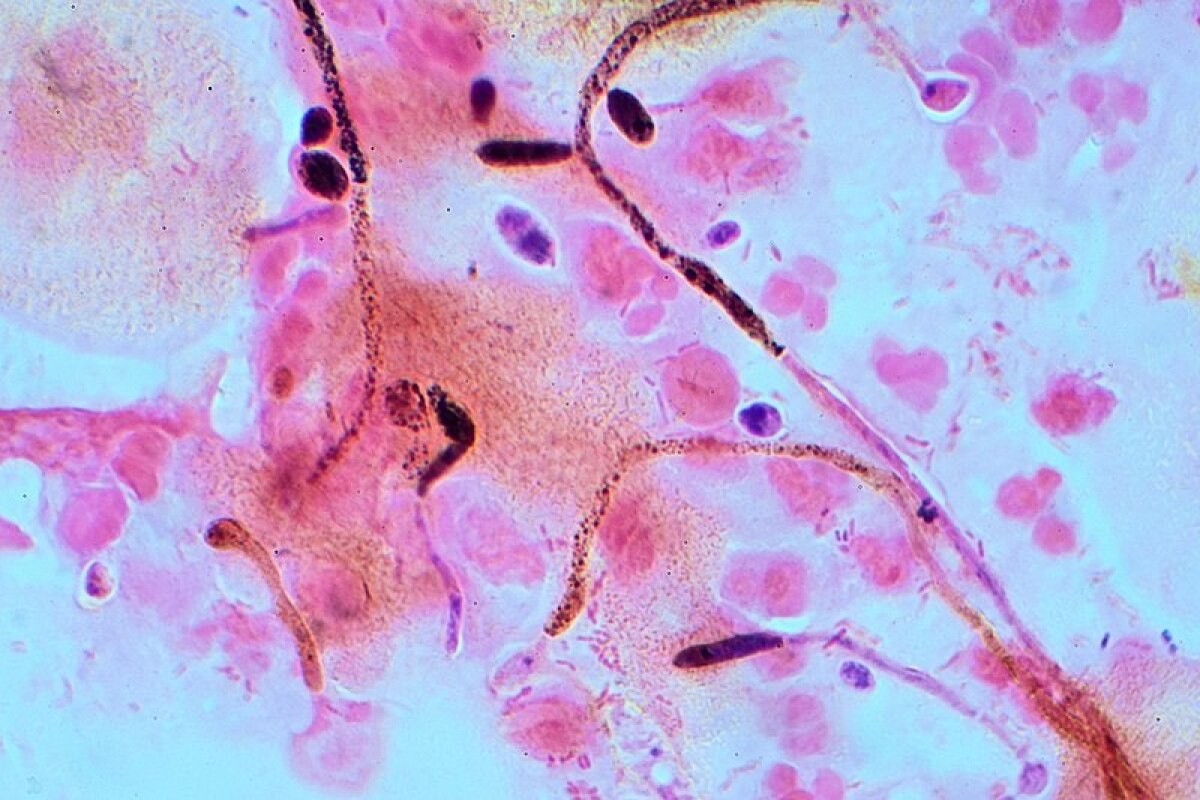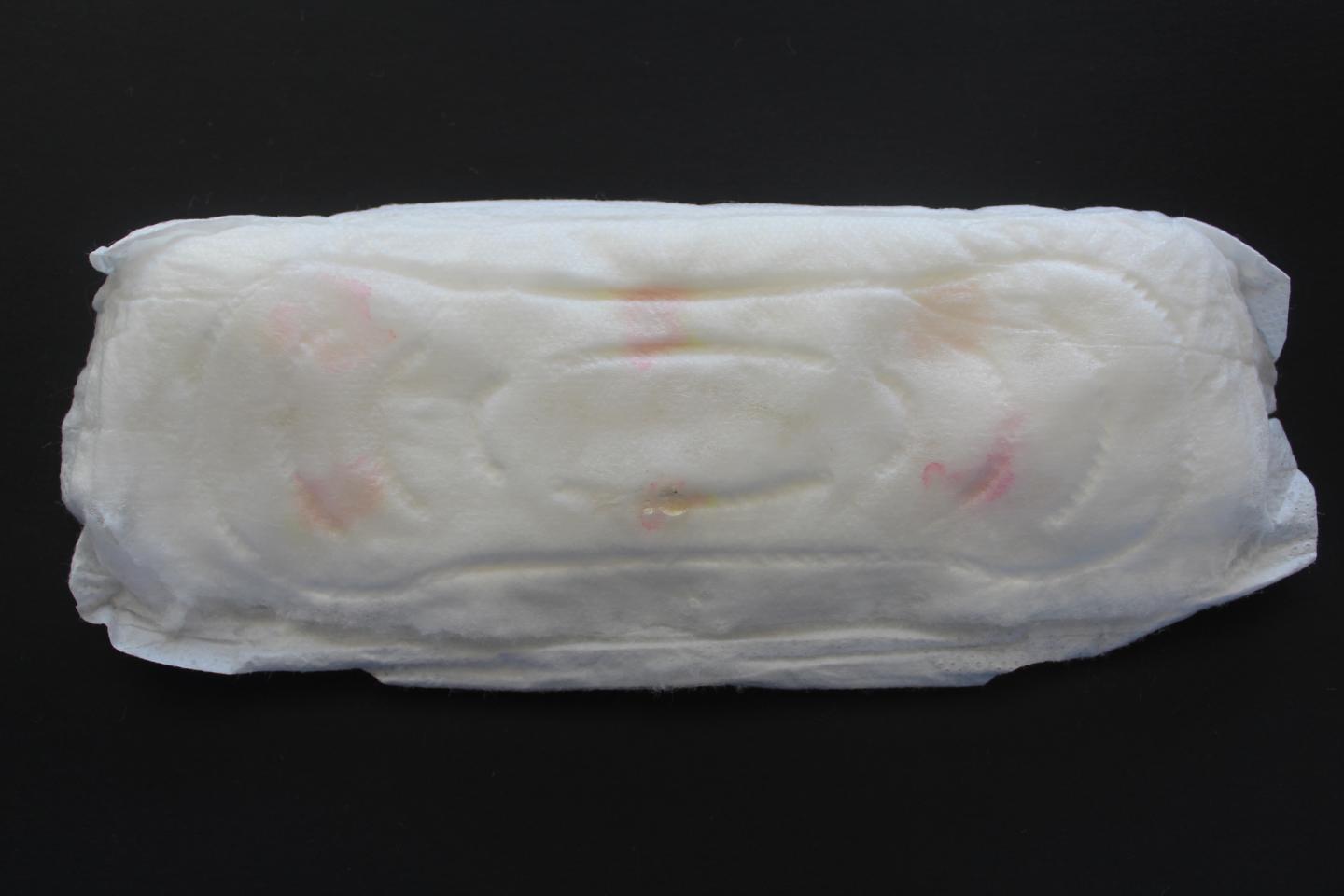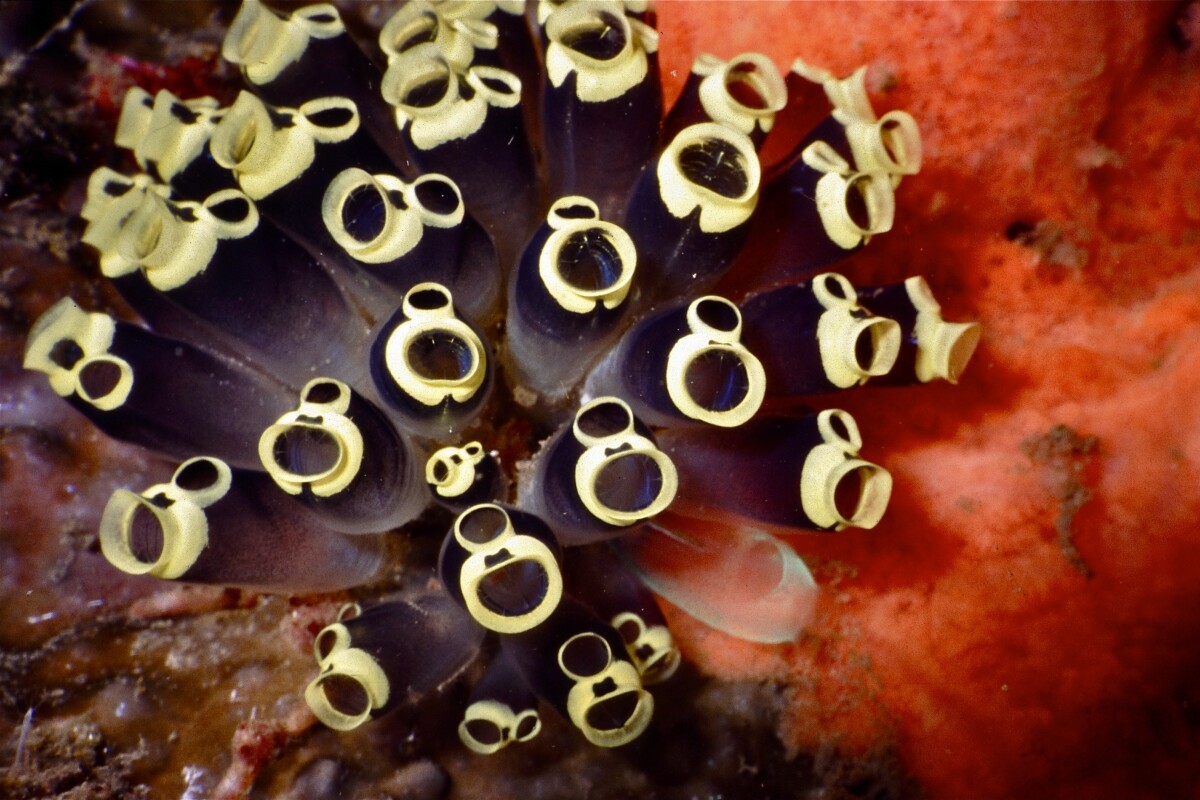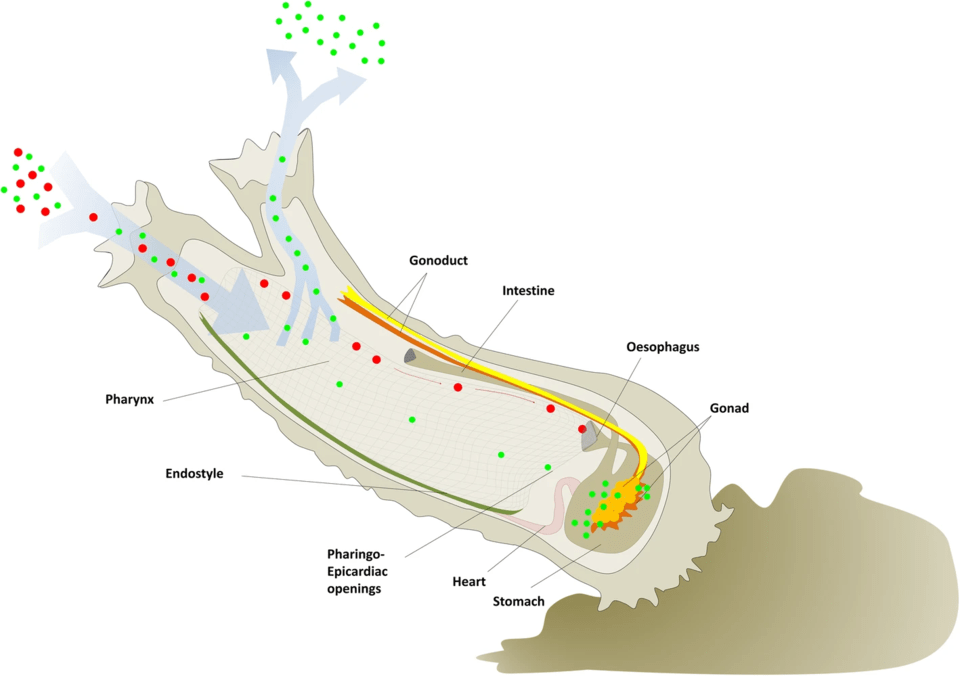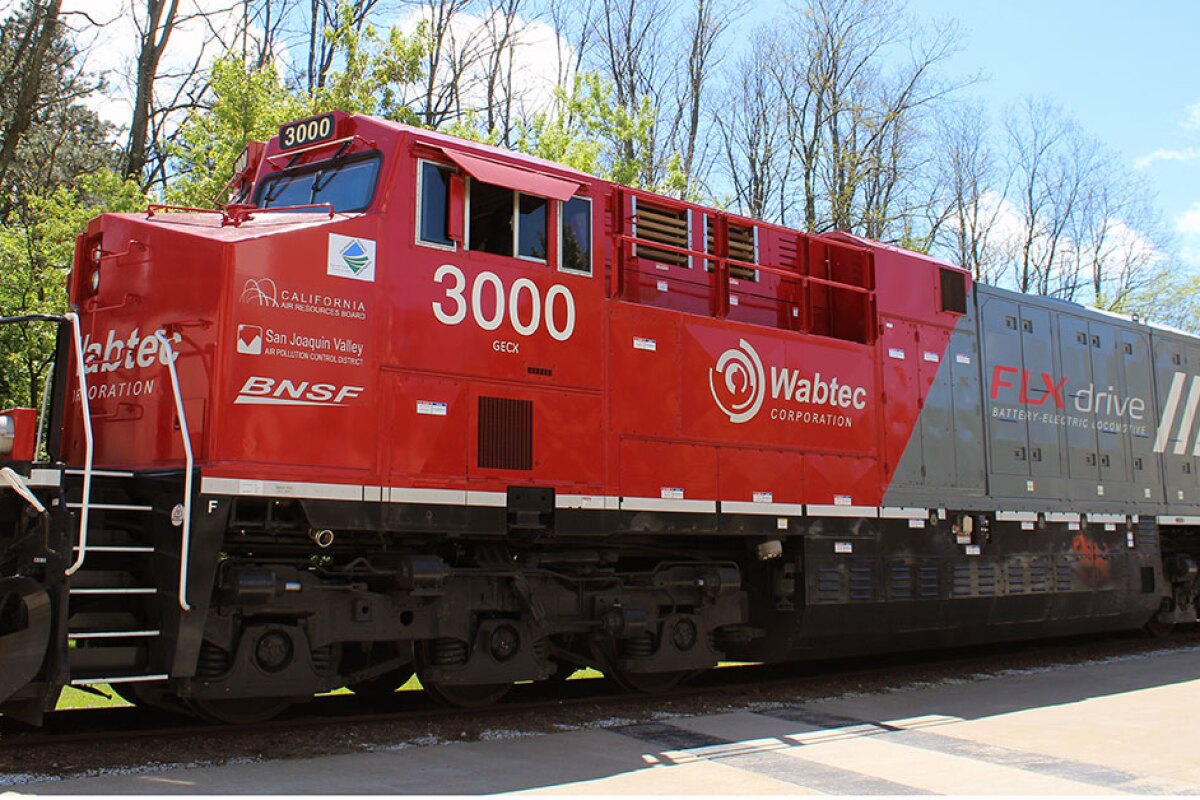Reintroduction hoped to preserve undervalued ecosystems and promote recognition of carbon-storing potential of grasslands
Harry Cockburn
THE INDEPENDENT
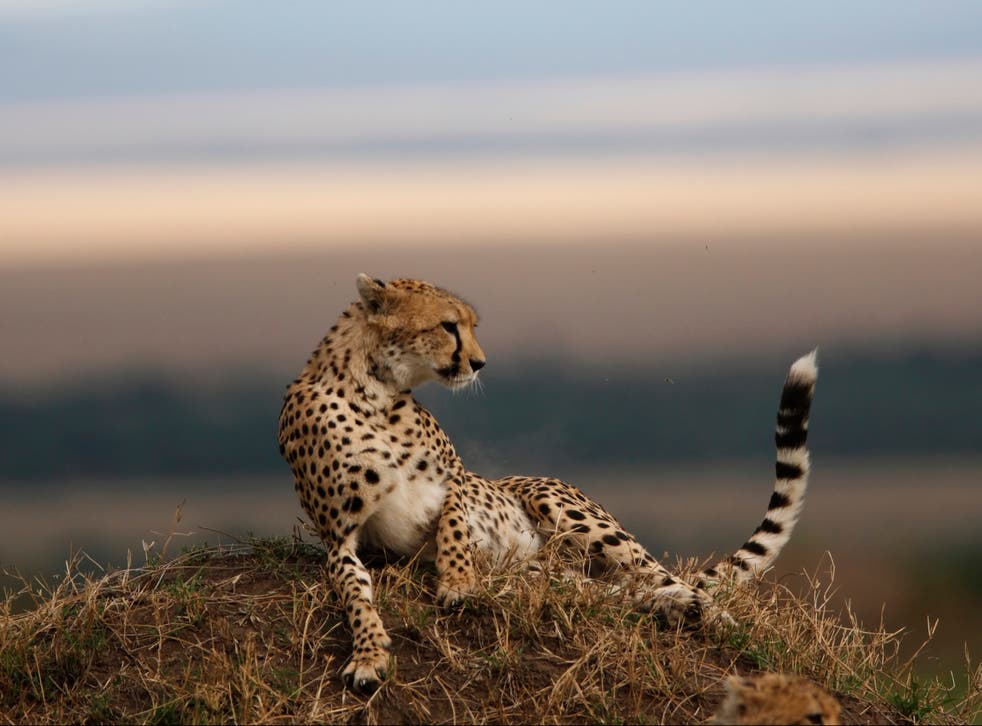
African cheetahs will be reintroduced after Asian cheetah was hunted to near extinction in 20th century
(Getty)
More than 70 years after the last cheetahs were hunted to local extinction in India, eight are to be relocated from Namibia and South Africa to a national park in the north of the country.
The return of the world’s fastest land animal will be India’s first international big cat reintroduction project, and will help ensure the species’ long term survival, following ruthless hunting which by the 20th century meant they had been wiped out from over 90 per cent of their historical range.
It is hoped the reintroduction could also have a broader positive ecological impact – helping to preserve grasslands and spur a wider understanding and recognition of the value of wild spaces which have largely been undervalued.
The cats will be released in Madhya Pradesh’s Kuno National Park, 200 miles south of New Delhi, 130 miles southeast of Jaipur, which has a blend of grassland and forested areas.
Five male cheetahs and three females will be donated by Endangered Wildlife Trust (EWT) of South Africa.
The EWT’s national cheetah metapopulation manager Vincet Van Der Merwe visited Kuno National Park to assess the preparations and suitable habitat for cheetahs this month and said it was highly suitable.
An official from Madhya Padesh’s state government told the Hindustan Times: “The expert, Merwe, said Kuno has a perfect grassland and prey base for cheetahs. We have started preparation for translocation.”
India’s central government has allocated 140m rupees for the project (£1.3m), which will be used for fencing at the park, transportation of the animals, training for staff at the park and other preparatory work
“We don’t want to take any risk because it is a matter of pride for our country and the success of this project will decide the fate of translocation of more cheetahs in India,” the official said.
However, the reintroduction is controversial, as the African cheetahs are a different subspecies from those which lived in India (until the last one was killed in 1948).
The asiatic cheetah is critically endangered with small numbers of individuals living in fractured habitats in Iran.
The species, which is slightly smaller and sleeker, once roamed from Turkey and the Arabian Peninsula to Iran, central Asia, Afghanistan, and Pakistan and India
However while populations in areas of Africa are relatively stable, in Iran, populations are too small to relocate any of the cats.
The reintroduction project has been delayed due to the current Covid-19 pandemic which has hit India hard, but officials said they hope to have the cheetahs in the park by September.
The hoped boost in recognition of the carbon-storing capabilities of grasslands comes as India grapples with lowering its emissions and meeting its own climate targets.
In 2018 coal accounted for 74 per cent of India’s energy production, and the country is the third largest consumer of energy in the world.
And between 2005-2015, the country lost almost a third, 31 per cent, of its grasslands, mostly to agriculture, as well as 19 per cent of its common lands, such as grazing grounds, forest, ponds, and rivers, mostly to agriculture and industrialisation.
